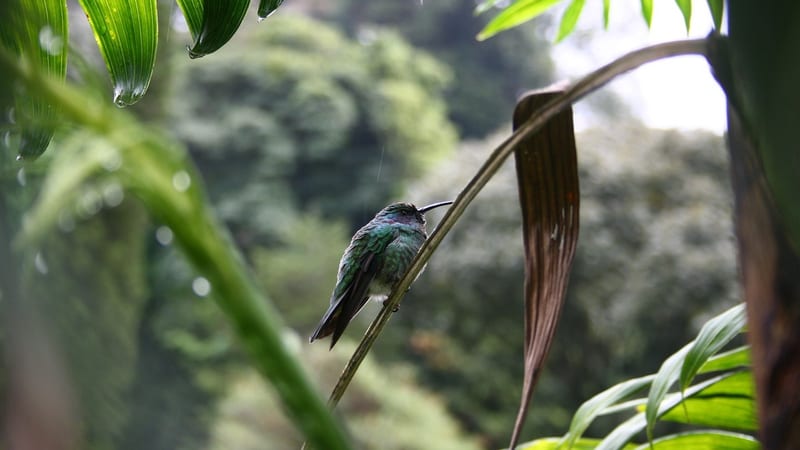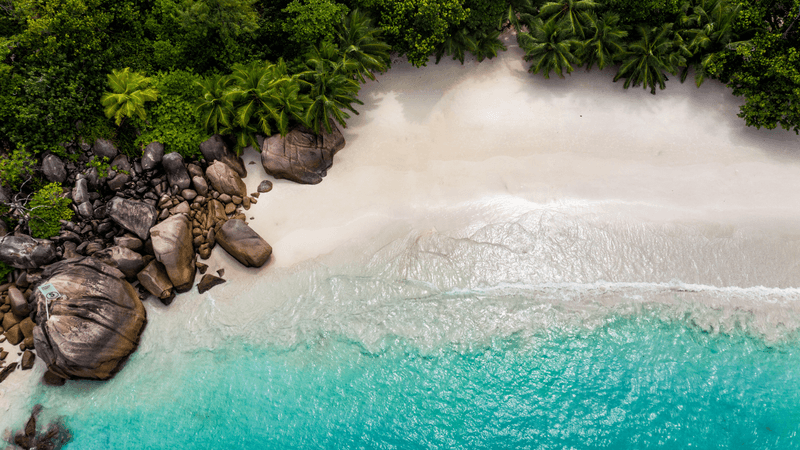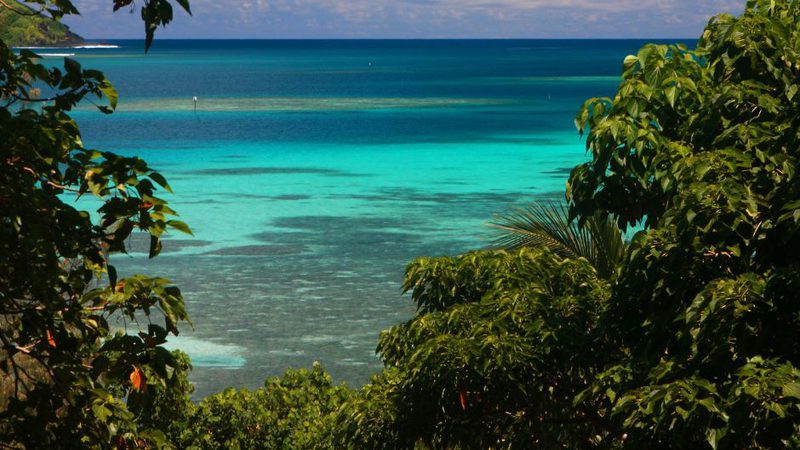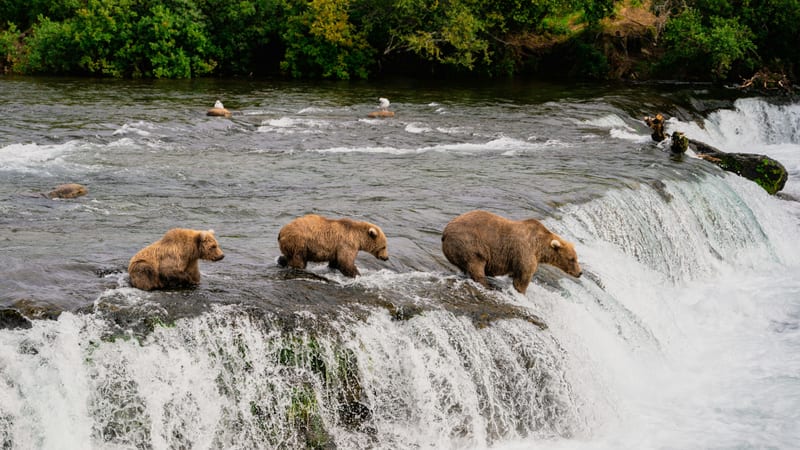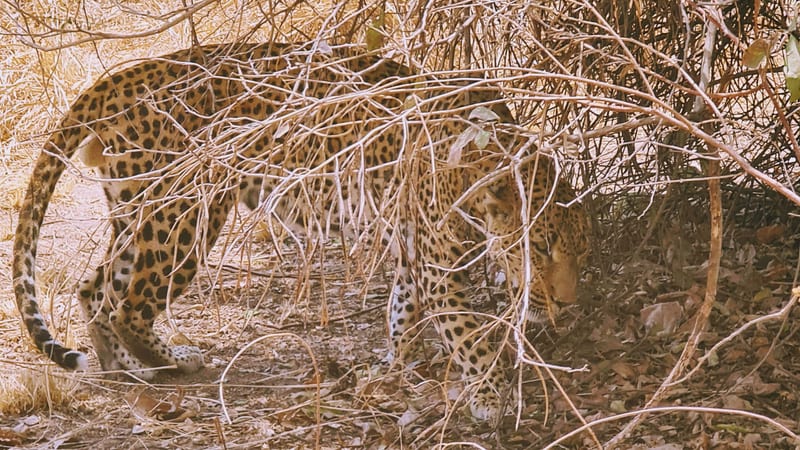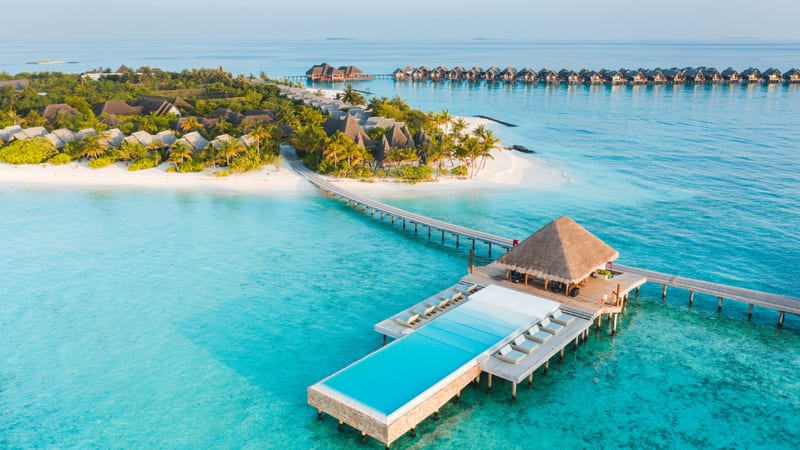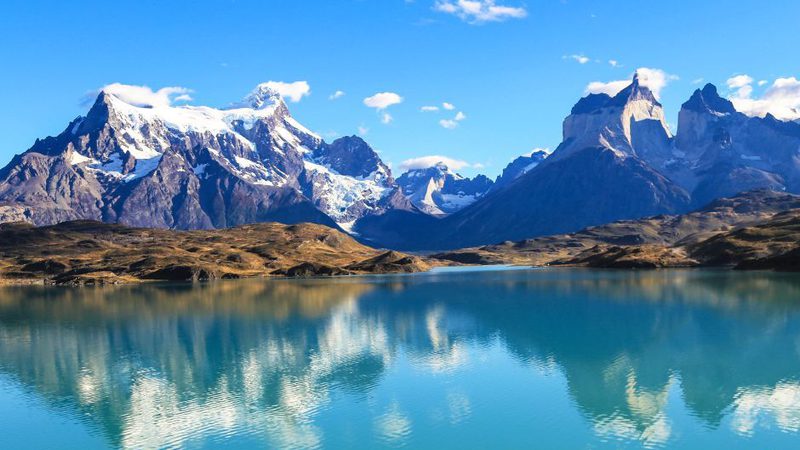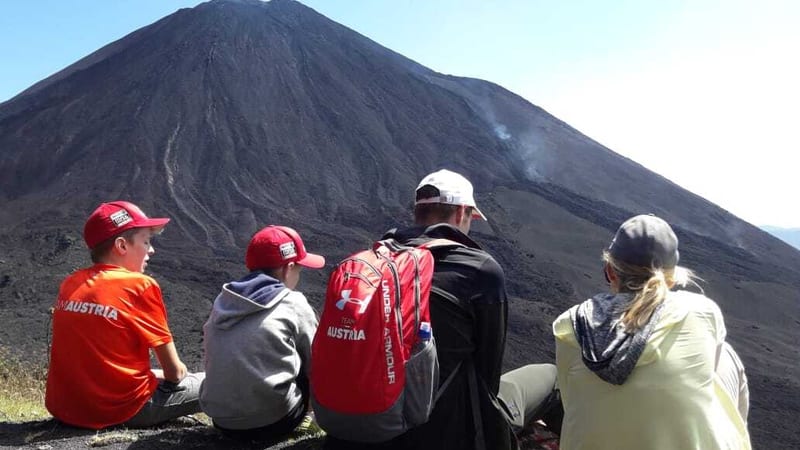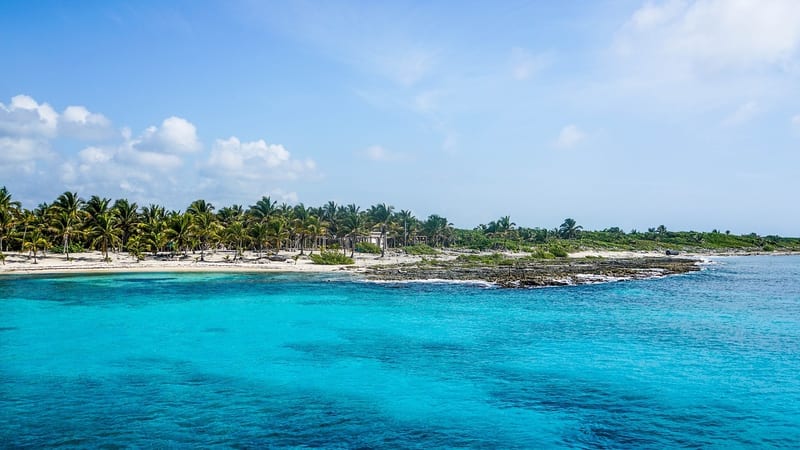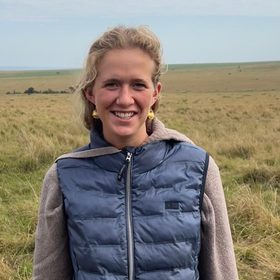Blends rustic African ambience and the elegance of the Kempinski legacy
Location: Olare Mara Kempinski sits within the exclusive Olare Motorogi Conservancy, a 35,000-acre private reserve that borders Kenya’s Masai Mara National Reserve. This area is known for its incredibly high density of big cats, open plains teeming with game, and strict vehicle limits that ensure a much more peaceful and immersive safari. The camp’s riverside setting, shaded by thick stands of acacia, gives it a serene, tucked-away feel - yet you’re right in the heart of one of Kenya’s most wildlife-rich regions. It’s the kind of place where you fall asleep to the sounds of the bush and wake up to hippos grunting nearby.
Rooms: There are just 12 spacious tents at Olare Mara Kempinski, including a honeymoon suite, all designed to balance safari authenticity with high-end comfort. Raised on wooden decks and spread out for privacy, each tent features polished floors, four-poster beds, freestanding baths, indoor and outdoor showers, and private verandas overlooking the river or plains. The design blends classic safari style with subtle luxury - nothing over the top, but everything well thought through. You get the atmosphere of a proper tented camp, with the refinement and attention to detail you’d expect from Kempinski.
Amenities: For a remote safari camp, the amenities here are impressive. There’s a central lounge and dining tent, a swimming pool with a sun deck for warmer afternoons, and a small spa offering massages and wellness treatments. Dining is a highlight - fresh, imaginative meals served under canvas or alfresco beneath the stars. Service is polished yet warm, with the team making a real effort to personalise each guest’s experience. It feels indulgent, but not disconnected from the wilderness around you.
Activities: Game drives take centre stage here, with exceptional sightings of lions, cheetahs, leopards, elephants, and more. Thanks to the conservancy’s low vehicle numbers, you can often enjoy sightings without another car in view. Guests also have access to the Maasai Mara Reserve itself, offering even more variety, especially during the Great Migration months. Night drives and guided bush walks add depth to the experience, while cultural visits to local Maasai villages can also be arranged. The guides are experienced and sharp-eyed, striking the right balance between informative and intuitive.
Sustainability: Olare Mara Kempinski operates with a strong focus on sustainability, working closely with the Olare Motorogi Conservancy to ensure tourism supports conservation and community. The camp runs on solar power, uses eco-friendly waste systems, and prioritises local sourcing. But perhaps more importantly, it contributes directly to the conservancy model - paying land lease fees that provide income to local Maasai families in exchange for protecting the land and wildlife. It’s a real example of luxury tourism working hand-in-hand with grassroots conservation in Kenya.
Best places to stay in Masai Mara
Masai Mara Trip Inspiration
When to visit Kenya
Find out the best time to visit Kenya with our month by month guide.
- Best
- Good
- Mixed
- Jan
- Feb
- Mar
- Apr
- May
- Jun
- Jul
- Aug
- Sep
- Oct
- Nov
- Dec
January
January is a great time for wildlife viewing. The landscapes are lush and green after the 'short rains' and newborn animals can been seen. It is hot, but brief afternoon or evening showers cool things down, without compromising your safari. Over on the coast the sea is clear, making it ideal for diving and snorkelling, and the days are warm and bright.
February
February is an ideal time to visit Kenya, and great for game viewing. The landscapes are green and thriving thanks to the short rains, and newborn animals will be hopping around the plains. There maybe a few afternoon showers which are welcome in the heat, and don't impact on wildlife viewing. Water clarify is excellent at the moment, which is good news for watersports enthusiasts. And if you want to spot a whale shark, now is the time to try.
March
Still a good option for wildlife viewing and diving, although with the 'long rains' just around the corner, expect wetter and hotter weather.
April
April brings the start of the 'long rains' which means game reserves and national parks become muddy and harder to drive around. Over on the coast it's hot and wet, so it isn't the best time of year to travel. Some camps and lodges close during this period.
May
The 'long rains' continue into May, making park tracks difficult to navigate in the mud, and the coast very warm and wet. There will be less accommodation choice at this time as several lodges and camps during this period.
June
June is a beautiful time of year to visit Kenya, with the rains receding to just light showers, and the long dry season not far ahead. The high grasses can sometimes make it more of a challenge to spot game, but the landscapes are lush and some animals may begin arriving early for the migration. At altitude nights can be cool, but elsewhere the temperature is pleasant.
July
July marks the beginning of the great migration into the Masai Mara, and with warm and generally dry weather, this is a great time of year to visit. Days are sunny, skies are blue and there isn't too much dust around, so it's a great time for photography.
August
The migration is now in full swing in the Masai Mara, with lots of river crossing action, so if you want to see those massive herds of wildebeest and zebra, now is the time to come. Game viewing in general is excellent and it's one of the most popular times of year to visit, so some of the main parks do become crowded. Temperatures are warm and dry.
September
Game viewing continues to be excellent, and the weather is generally dry so this is another ideal month to visit Kenya's parks. The bush is less dense and as animals gather around waterholes and rivers it makes wildlife spotting much easier.
October
October is a great time if you want to avoid the crowds and don't mind the temperature slowly starting to rise. There may be a few short showers, but game viewing remains excellent with the end of the migration, and it's a good time to holiday anywhere in Kenya.
November
November heralds the start of the 'short rains' and with hotter temperatures some camps are closed. The Mara however is still open, and despite sometimes stormy skies, game viewing is still good. Fewer crowds and lower prices make this an attractive month to visit. Over on the coast water clarify is good for snorkelling and diving.
December
The 'short rains' are bringing the landscapes back to life, and as the plains start to become green again, wildlife viewing remains good, and it's a great time for birding. Some camps are closed (mainly in the north of Kenya) but many others remain open. The showers tend to fall in the afternoons and don't impact greatly on a safari. Take advantage of reduced visitor numbers and lower prices.
Speak to a Kenya expert today
and start planning your tailor-made vacation

Alistair

Ottilie





